The United States is home to some of the oldest cities in the world, each with a rich history that stretches back centuries. From early settlements founded by European colonists to bustling hubs of trade and culture, these have shaped the nation’s development. Many of them continue to thrive today, preserving their historical charm while adapting to modern life. In this article, we’ll explore the oldest cities in America, delving into their founding, population, and the key events that helped define them over the years.
Hartford, Connecticut
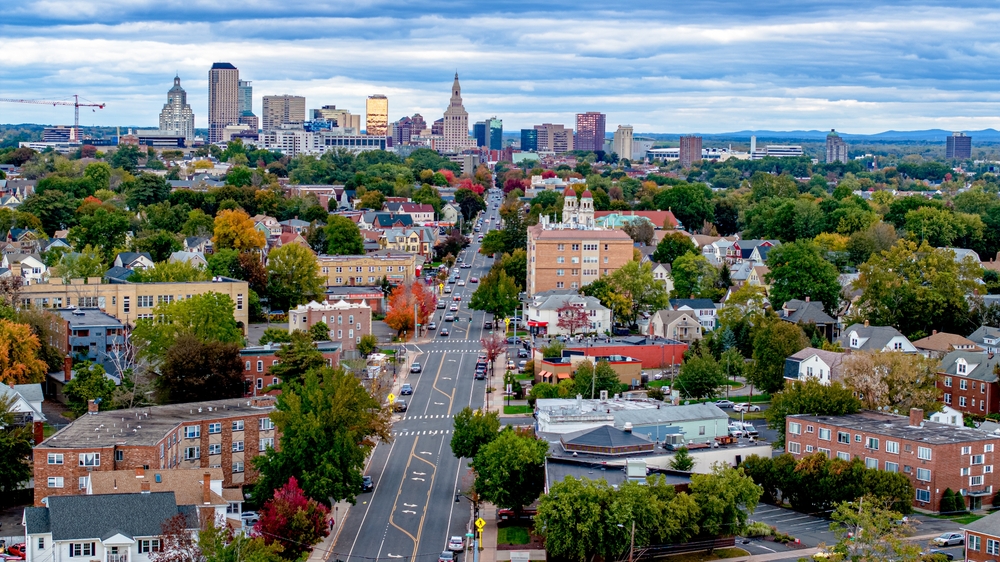
Hartford, founded in 1635 by Puritan settlers led by Reverend Thomas Hooker, became an important center for trade and later for the insurance industry, earning it the nickname “The Insurance Capital of the World.” Its early history is tied to the Connecticut River, which made it a vital location for commerce. It is home to several historical landmarks, including the Mark Twain House and the Wadsworth Atheneum, the oldest public art museum in the United States. With a population of about 121,000, it remains an influential city in the region. Its historical significance and contributions to industry and culture continue to be celebrated. Additionally, its role in shaping state and national politics during the colonial era is still remembered today.
Boston, Massachusetts

Boston, founded in 1630 by Puritan colonists, is one of the oldest and most historically significant cities in the United States. It played a pivotal role in the American Revolution, being the site of events like the Boston Tea Party and the Battle of Bunker Hill. Its colonial heritage is preserved in landmarks such as the Old North Church, where Paul Revere began his famous midnight ride. Today, it is home to about 692,000 residents and is known for its prestigious universities, including Harvard and MIT. Its diverse neighborhoods, such as Beacon Hill and Back Bay, showcase the city’s blend of historic charm and modern sophistication.
Salem, Massachusetts
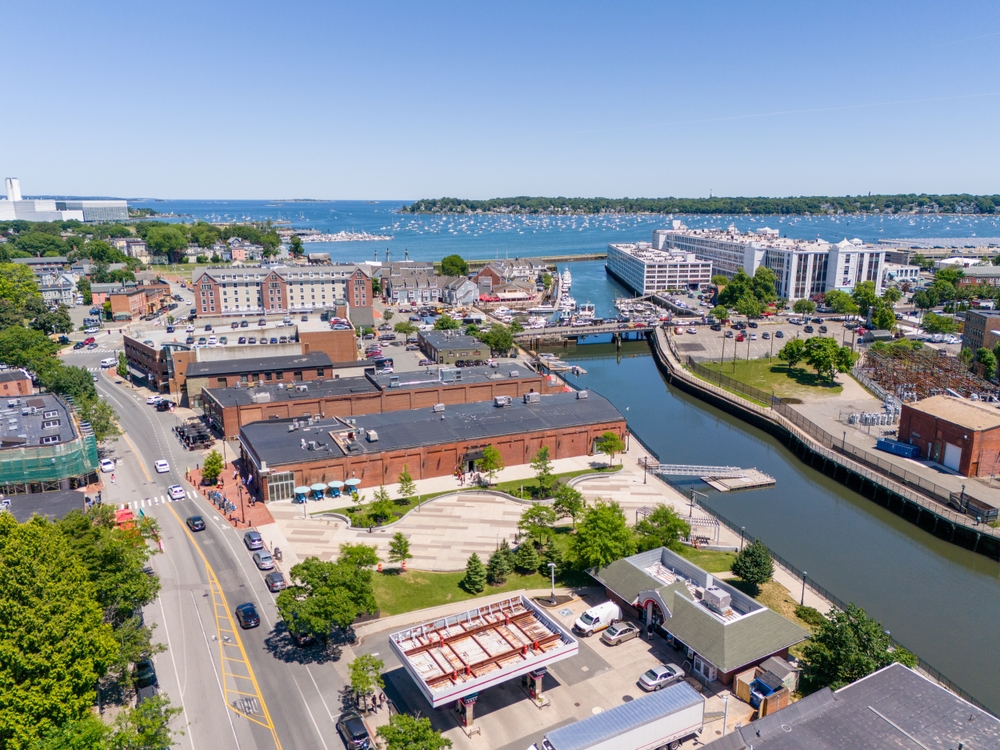
Founded in 1626, Salem, Massachusetts, is best known for the infamous Salem Witch Trials of 1692, which resulted in the execution of 20 people accused of witchcraft. Despite this dark chapter, Salem has a rich history beyond the trials. The town played an important role in early American maritime trade, and its wealth from global commerce helped build its impressive colonial architecture. With a population of about 44,000, it is now a thriving city that embraces its history through numerous museums, haunted tours, and historical landmarks. The Witch House, the only building still standing with direct ties to the trials, is a major tourist attraction. Additionally, its maritime heritage is celebrated at the Peabody Essex Museum, which houses a vast collection of art and artifacts from around the world.
New York City, New York
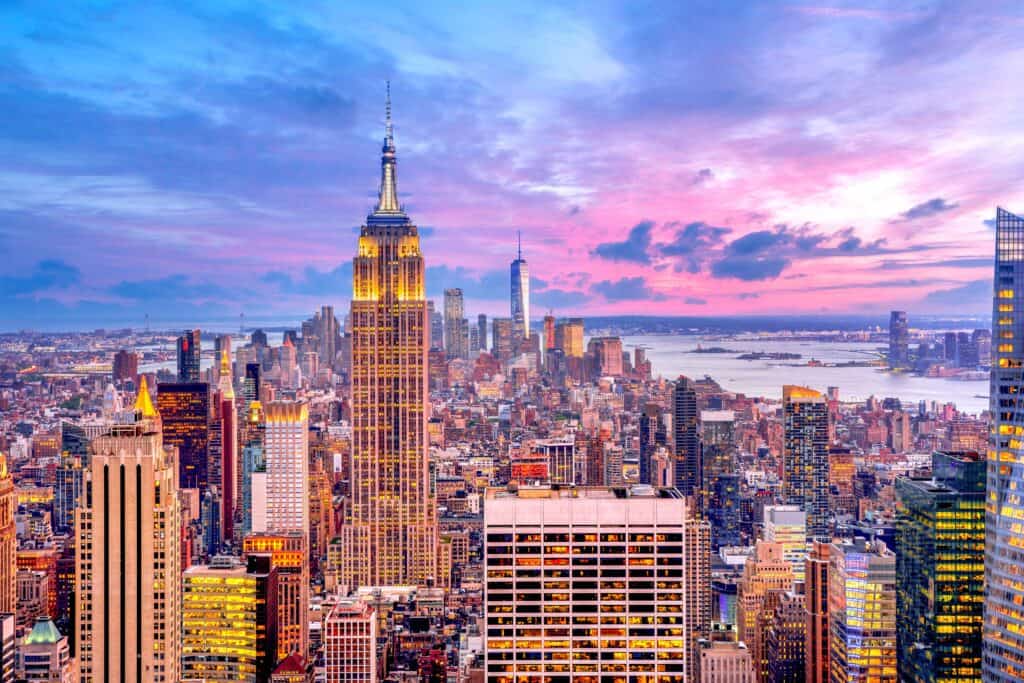
Founded in 1624 as “New Amsterdam” by Dutch settlers, New York City has grown into one of the most iconic cities in the world. The English took control of the city in 1664 and renamed it New York in honor of the Duke of York. Throughout its history, it has been a major center for immigration, trade, and culture, shaping its diverse and vibrant identity. Landmarks such as the Statue of Liberty, Ellis Island, and the Empire State Building are just a few of its internationally recognized symbols. With a population exceeding 8 million, it remains the largest city in the United States. Today, it is known as a global hub for finance, arts, and entertainment.
Plymouth, Massachusetts
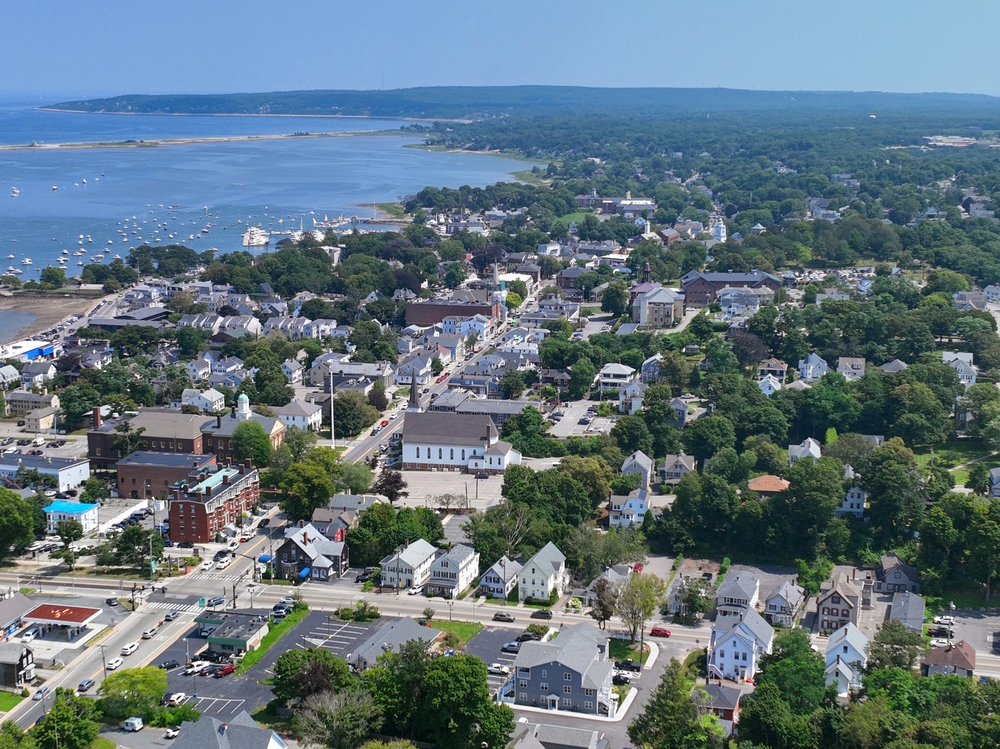
Plymouth, founded in 1620, is one of the most famous early settlements in American history, best known for being the landing site of the Mayflower Pilgrims. The Pilgrims established Plymouth Colony, where they signed the Mayflower Compact, an early form of self-government. The town is home to many significant historical landmarks, including Plymouth Rock, the symbolic site where the Pilgrims first set foot in America. With a population of around 61,000, it has grown from a small colony to a bustling town, attracting tourists interested in its colonial past. The Plimoth Patuxet Museums, a living history museum, offers visitors a glimpse into the lives of the Pilgrims and the Indigenous Wampanoag people who helped them survive. Its role in the first Thanksgiving has also cemented its place in American folklore.
Albany, New York
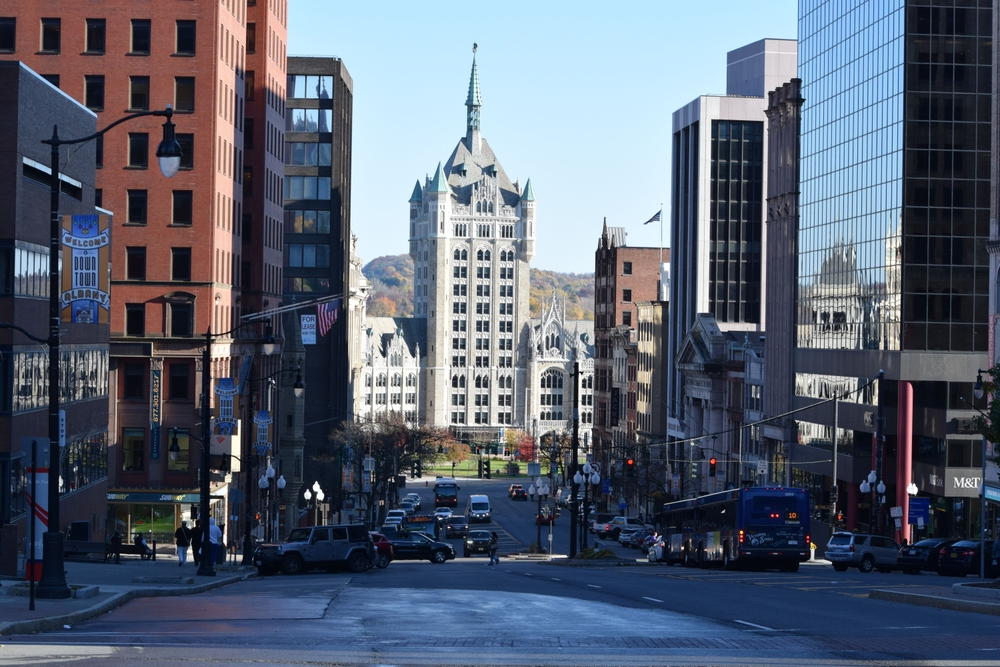
Albany, New York, was originally settled by Dutch fur traders in 1614 under the name Fort Nassau. The English renamed it Albany in 1664 after the Duke of Albany when they seized control of the area. Its strategic location on the Hudson River made it a vital hub for trade and transportation during the colonial period. In 1797, it became the capital of New York State and played a significant role in the development of the Erie Canal in 1825, which greatly increased its economic importance. Today, it has a population of about 97,000 and is known for its historic architecture, including the New York State Capitol and the Empire State Plaza. Its cultural and political significance has helped it maintain a prominent role in the region.
Hampton, Virginia
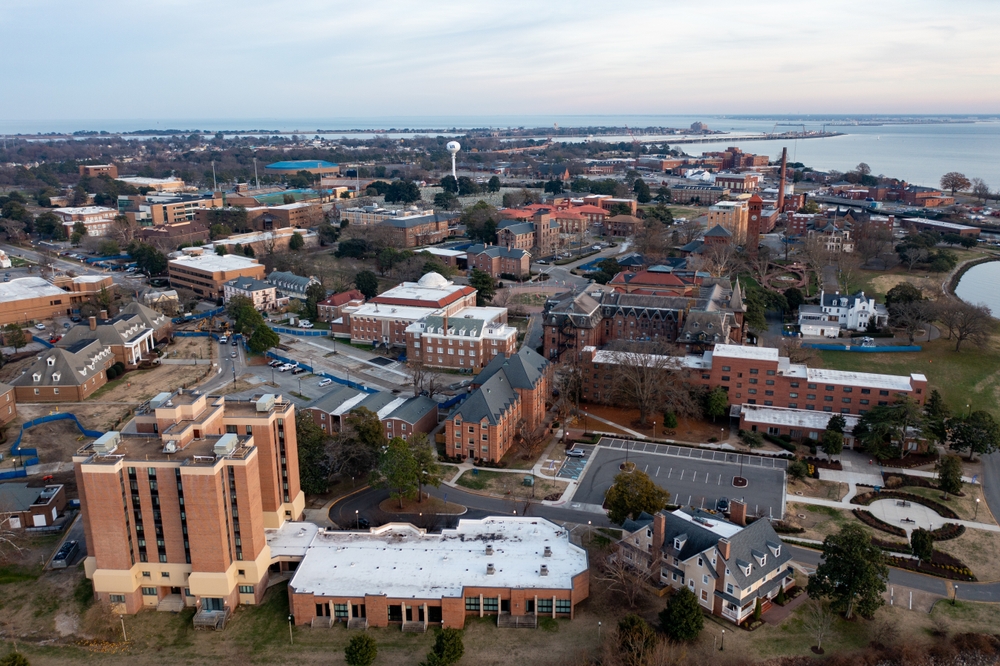
Founded in 1610, Hampton, Virginia, is one of the oldest continuous English-speaking settlements in America. The city was originally known as “Kecoughtan” after the native Kecoughtan people, who were displaced by English colonists. Fort Monroe, located in Hampton, played a vital role during both the American Civil War and World War II. Over the centuries, it evolved from a small colonial town into a bustling city known for its military significance and proximity to NASA’s Langley Research Center. Today, it has a population of approximately 137,000 and is home to important historical landmarks like Fort Monroe and the Virginia Air & Space Center. Its coastal location and rich history make it a popular destination for history buffs and tourists alike.
Santa Fe, New Mexico
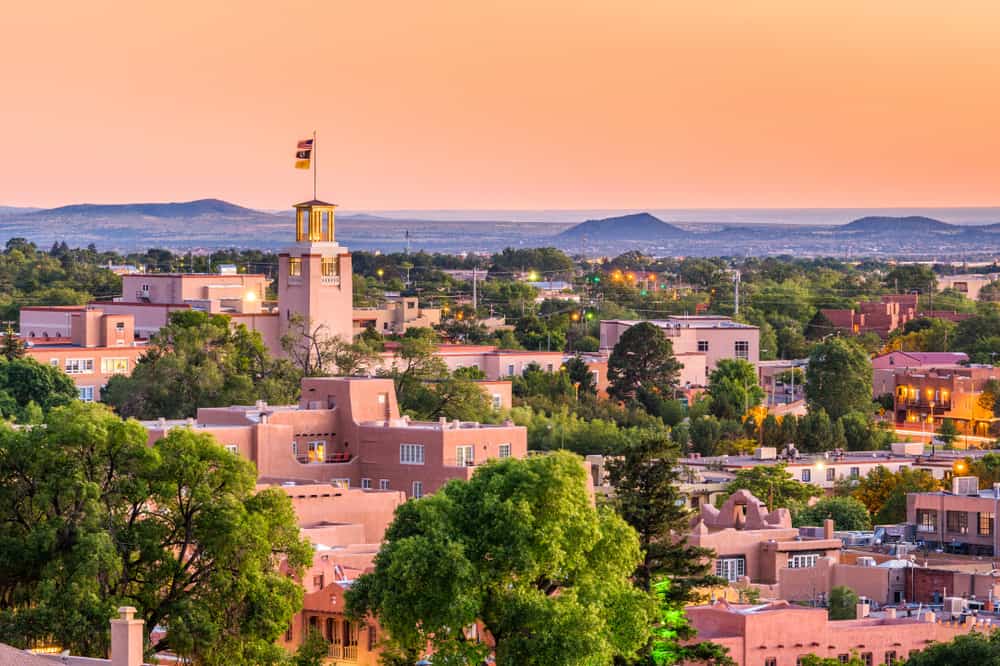
Santa Fe, founded in 1607 and established officially as a capital in 1610 by Spanish governor Don Pedro de Peralta, is the oldest capital city in the United States. Its rich history predates Spanish colonization, as it was home to Pueblo peoples for centuries before European settlers arrived. Santa Fe became a cultural hub for Spanish settlers and later played a crucial role during the Mexican-American War, when it was the first foreign capital captured by U.S. forces in 1846. Today, it boasts a population of around 88,000 people and is renowned for its unique blend of Native American and Spanish colonial architecture. Its historic district, including the Palace of the Governors and the Santa Fe Plaza, remains a vibrant part of the city’s identity. In addition to its historical landmarks, it is known for its thriving arts scene, drawing artists from all over the world.
Jamestown, Virginia
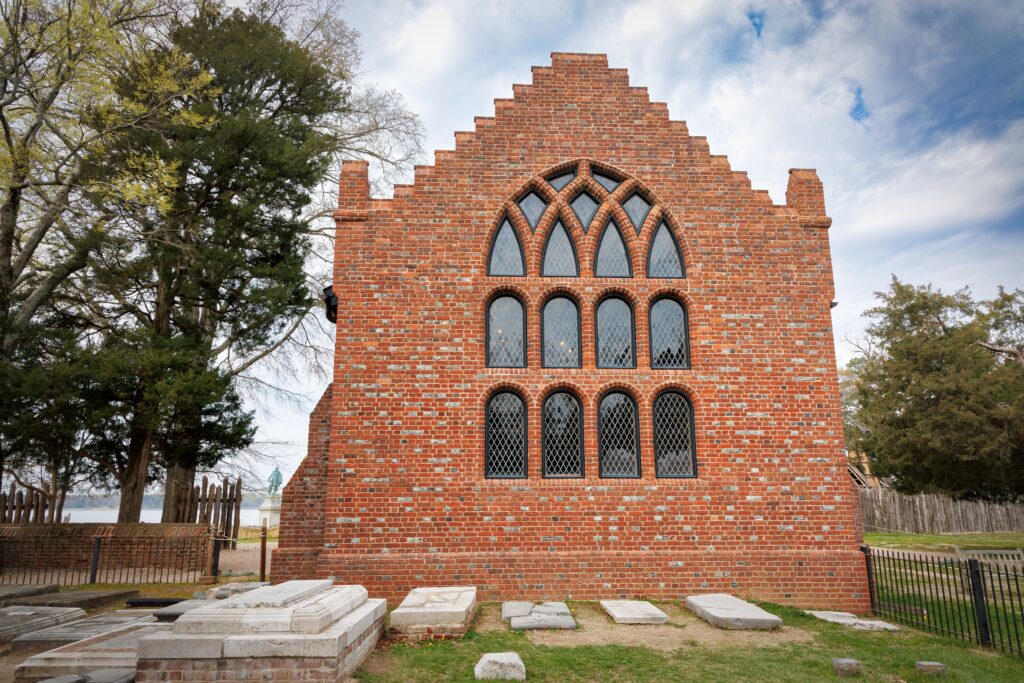
Jamestown, founded in 1607 by English colonists, is recognized as the first permanent English settlement in North America. Originally named “James Fort” after King James I, the settlement faced early challenges, including hostile relations with Indigenous peoples and difficult living conditions. Despite these setbacks, it became the capital of the Virginia Colony by 1624. The town’s fortunes diminished after a fire in 1698, leading to its decline. Today, much of the original settlement is part of the Jamestown National Historic Site. Its population is relatively small, and it now serves as an archaeological site and museum, showcasing the early history of English colonization. Despite its small size, its historical significance as the birthplace of English America continues to attract historians and tourists alike. The area is integrated into the larger Williamsburg-Jamestown metro region.
St. Augustine, Florida
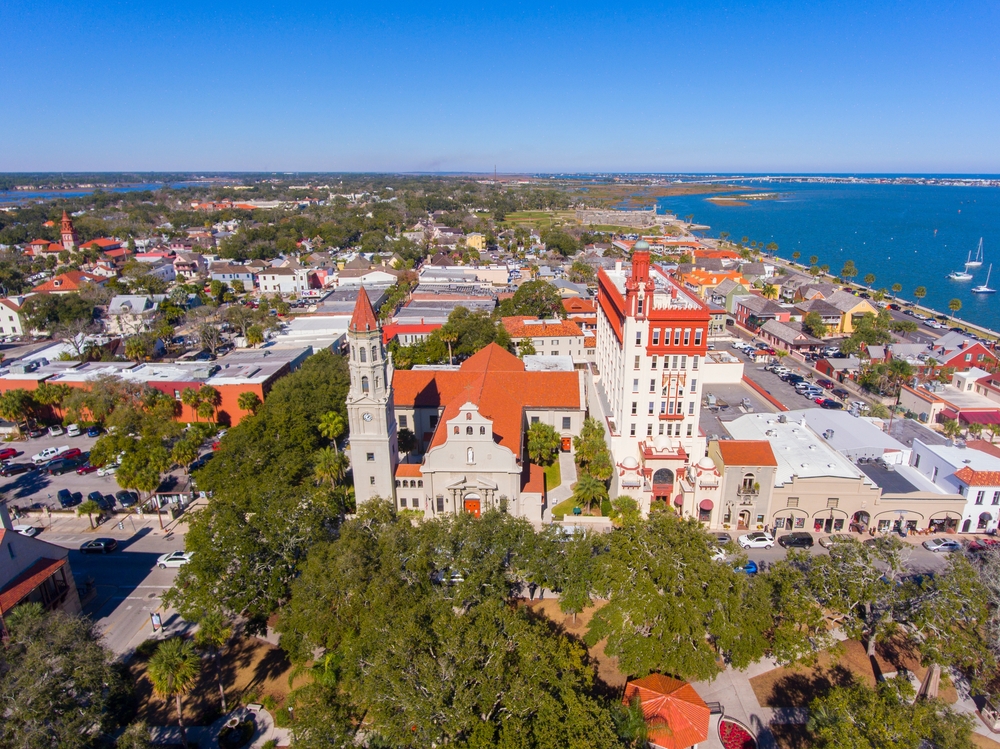
St. Augustine, founded in 1565 by Spanish explorer Pedro Menéndez de Avilés, holds the title of the oldest continuously inhabited European-founded city in the United States. Located on Florida’s northeast coast, this historic city played a significant role as the capital of Spanish Florida until 1824. It is famous for its colonial architecture, including the Castillo de San Marcos, a stone fortress that once protected the city from pirates and rival empires. In the late 19th century, Henry Flagler’s development of railroads and luxury hotels helped turn the city into a major winter tourist destination. Today, it has a population of about 15,000 residents and remains a popular tourist destination. Its historic downtown, cultural festivals, and Spanish colonial charm draw visitors from all over the world. Additionally, its significance in early European settlement has earned St. Augustine the nickname “Ancient City.”
This article originally appeared on Rarest.org.
More from Rarest.org
21 Critically Endangered Mammals You’ve Never Heard Of

There are many species in the world facing the threat of extinction, but some remain largely unknown. These critically endangered mammals, often overlooked, play vital roles in their ecosystems. Read More.
10 Limited Edition Supercars That Few Have Ever Seen

Limited edition supercars are more than just vehicles; they are a rare combination of cutting-edge technology, striking design, and unmatched performance. Built in extremely small numbers, these cars are often reserved for the wealthiest collectors and automotive enthusiasts. Read More.
9 Retro Advertising Memorabilia That’s Now Worth a Small Fortune

Retro advertising memorabilia is not only a window into the past but also a treasure trove for collectors. From iconic brand signs to old promotional items, these pieces have gained impressive value over time. Read More.
